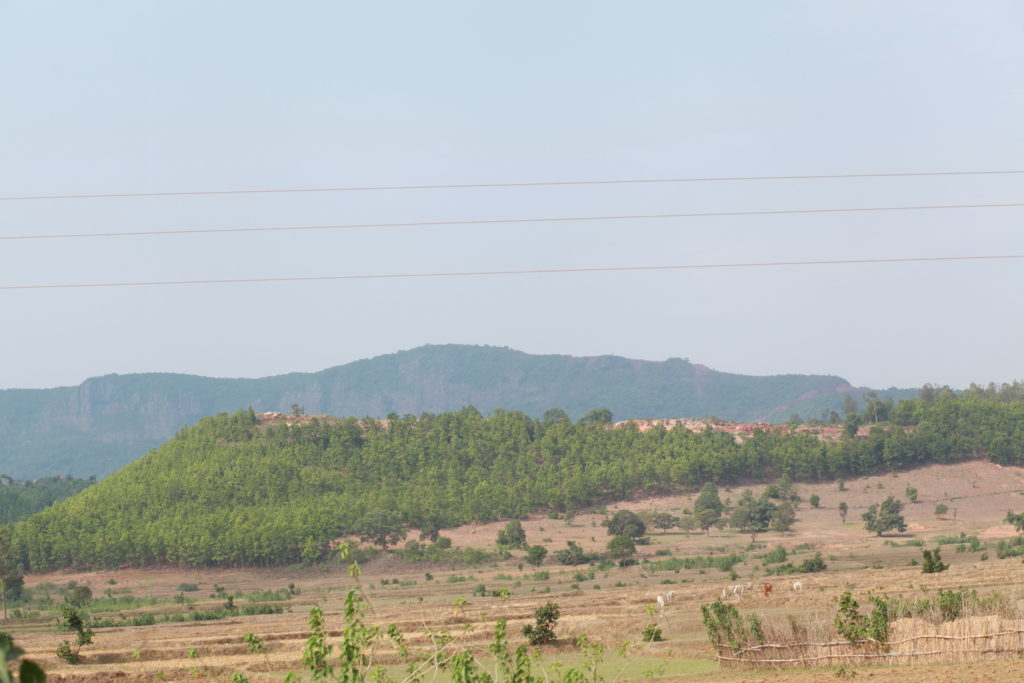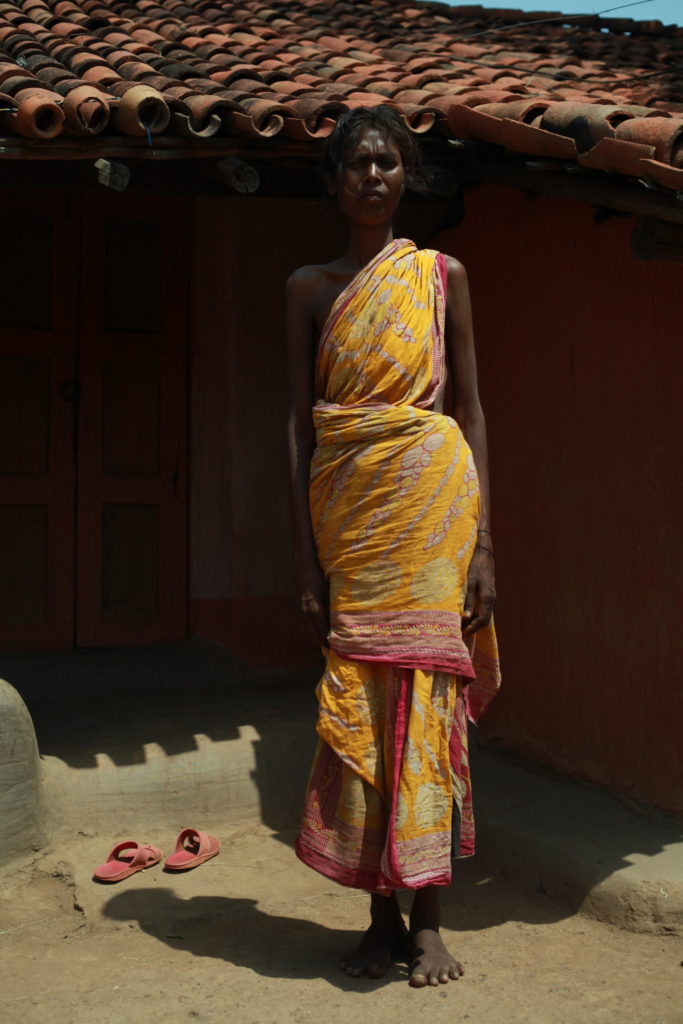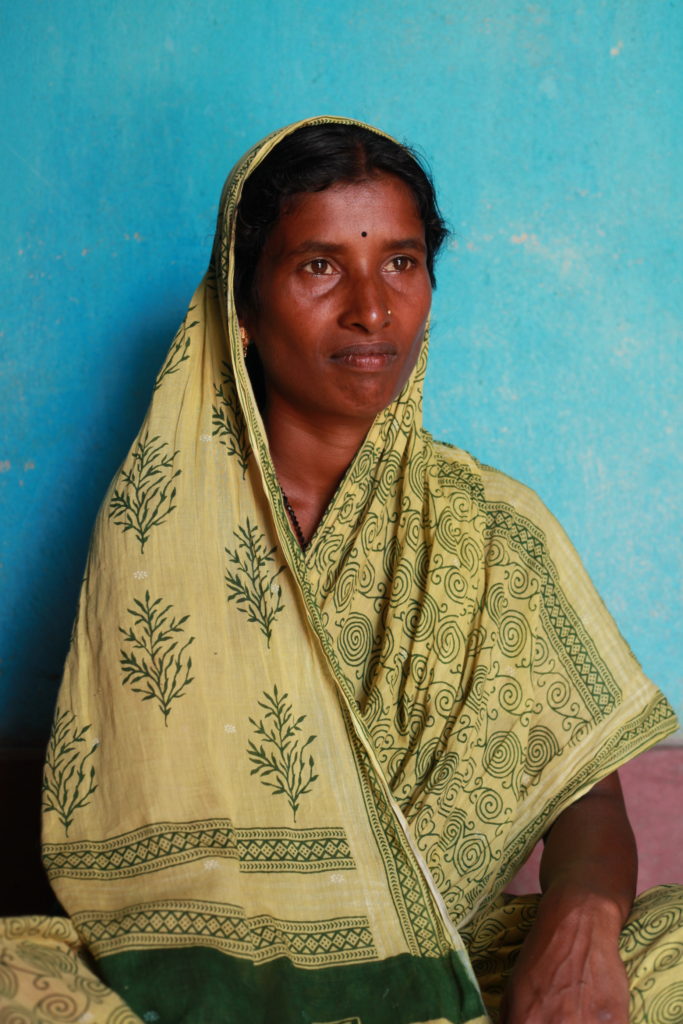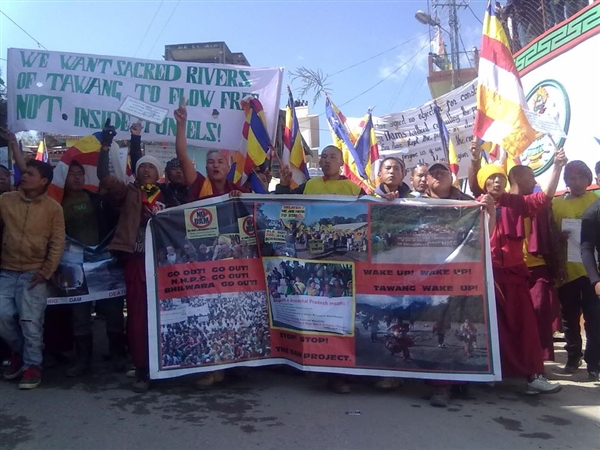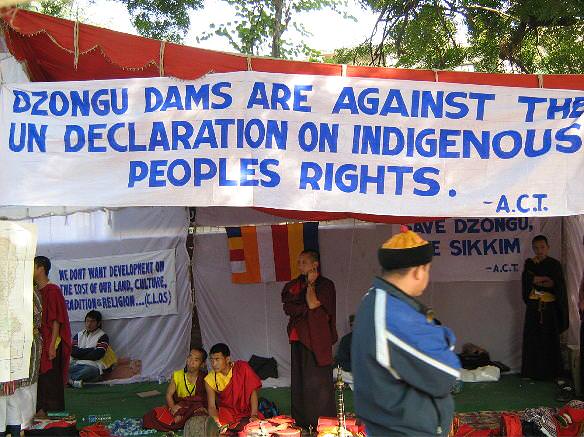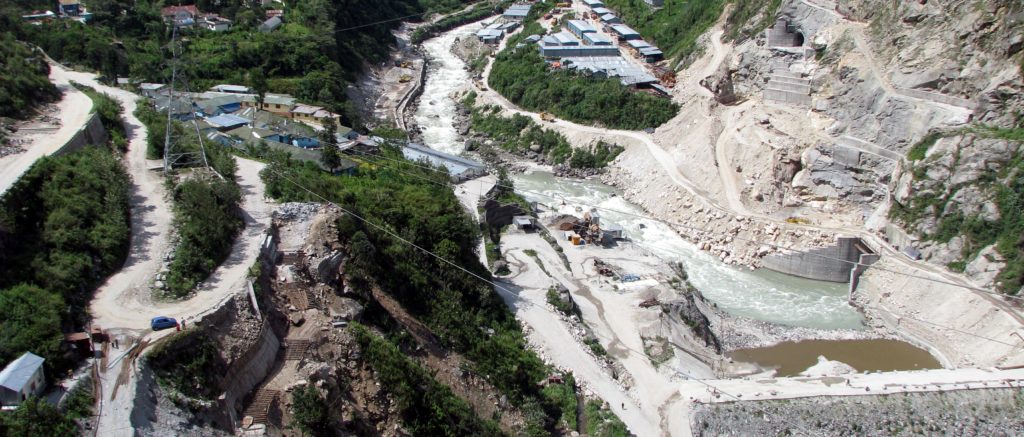
by Nora Belblidia
Six months ago, a routine public hearing was scheduled in a nondescript gray government building in downtown Baton Rouge, Louisiana.
“Normally these hearings go over really quietly,” said Scott Eustis, the Wetlands Specialist for Gulf Restoration Network (GRN). “Usually it’s me, my associates, and like ten people.” Instead, over 400 people showed up to the Baton Rouge hearing, and stayed for nearly six hours.
The debate centered on the Bayou Bridge Pipeline, a proposed route that would run 163 miles from Lake Charles to St. James, forming the “tail” of the Dakota Access Pipeline (DAPL), and effectively connecting oil fracked in North Dakota to Louisiana refineries. If built, Bayou Bridge would cross 11 parishes, 600 acres of wetlands, 700 bodies of water, and the state-designated Coastal Zone Boundary.
Energy Transfer Partners (ETP) is behind both the Bayou Bridge project and the more infamous DAPL, but the parallels run deeper than a mutual stakeholder. Just like in DAPL, those who resist the project are drawing connections between past wrongdoings, conditions today, and a future climate. Residents cite safety concerns, environmental racism, pollution, and threats to the region’s wetlands and seafood industries as reasons to oppose its construction. “It’s not one thing it’s everything. It’s the water, it’s the land, it’s the crawfish, it’s the people’s air in St. James, it’s the climate, it’s people’s houses flooding – it really is – it’s corruption, it’s Trump,” said Eustis.
By now the fight against Bayou Bridge is a familiar one: multinational conglomerate vs. the local little guys. The David vs. Goliath metaphor is obvious. But, Bayou Bridge is playing out in 2017, a time when Goliath has never seemed so large and so ruthless, and when the horrors and lessons in Standing Rock are still fresh.
“What we saw in Baton Rouge and Napoleonville at the hearings was hundreds and hundreds of people who had been inspired by people who had been kicked for eons, standing up to protect their water. You know what we can do that too, goddammit,” said Eustis.
That inspiration stands against the narrative of Standing Rock’s defeat. The camps suffered from a coordinated move to push the Dakota Access Pipeline’s approval through, and were forcibly evicted in February. Taylor Neck, a New Orleans activist who lived at Standing Rock through the winter who requested that her name be changed, said, “When I got home and so many people were like ‘Oh are you okay, I know it was such a loss,’ and ‘I’m sorry you guys lost’ and were saying things like that, it was kind of shocking to me at first because from my view and from the people that I was with, like my camp was all Lakota, it was such a win.”
In the DAPL’s migration south, the Great Plains of North Dakota have been substituted by hundreds of square miles of bayous and rivers and basins, one of the more romanticized segments of the Mississippi River, and finally the Gulf of Mexico. Water composes the very contents of Louisiana’s marshy soil and—with the threat of rising sea levels and natural disasters—is arguably the number one threat to its survival.
The spirit of an Indigenous-led environmental resistance has now come to a region wholly unique in culture and landscape. Cherri Foytlin, an Indigenous activist and the co-director of Bold Louisiana, called to the area’s strengths in a rally before the Baton Rouge hearing, “I’m sorry, Energy Transfer, if you don’t get it…but if you thought you saw some stuff up in North Dakota, you just get to the bayous,” she said, “our campers walk on water.”

Oil’s grip on the land
The Gulf South has a long and inextricable relationship with the oil industry. When including offshore drilling, Louisiana is second only to Texas in its production of crude oil, and its 18 refineries account for roughly 20% of the country’s refining capacity. Pipelines aren’t new to Louisiana. Approximately 50,000 miles already cover the state and maintain the industry’s century-long stronghold. For supporters of the pipeline, the attitude is often “Well, what’s one more?”
Set to deliver 280,000 barrels of heavy and light crude oil every day, Bayou Bridge is promoted as a way to bring jobs to the region at a time when the state’s budget is running close to a $943 million deficit and is, according to the Times-Picayune, “a hot mess.” The website for Bayou Bridge reads “Good for Louisiana” and promises 2,500 new jobs. A report prepared on behalf of ETP (by Louisiana State University’s Center for Energy Studies) estimated the economic benefit to be $829 million. Yet in their permit application, the company promised just 12 permanent jobs, with most positions being temporary and tied to the physical construction of the pipeline.
Mark Koziorowski works offshore on a boat that runs supplies back and forth to the oil rigs in the Gulf, spending about a month at sea at a time. He grew up in California but came to Louisiana when his uncle promised him a lucrative career. But he noted that the oil industry has suffered in recent years due to cheap oil prices and increased regulations. “A lot of the older people, like the captains that are in their 50s and 60s, they’re getting really hurt by that because they’ve never had any other jobs, they don’t really have another skill set.”
While Koziorowski doesn’t plan on staying in the field long-term, that isn’t an option for everyone. “Being young and having the open air to be able to change careers gives me that power but if you’ve been stuck at one job it’s kind of hard to uproot,” he said. Of younger workers, “there’s definitely a few that are looking into other options but there’s also a diehard group of young people my age that are like ‘I’ll stick it out until it picks back up.’” Most people in the industry expect, and plan according to, boom-and-bust cycles.
Megan Falgout’s family is from Dulac, a small shrimping and fishing town in southern Louisiana. Though it sits off the proposed pipeline route, Dulac illustrates the cross-section of Louisiana industries, and the threats that climate poses to vulnerable communities. She described a childhood in which she wore shrimping boots to walk from the house to the car, “Dulac Reeboks,” she called them, “any bayou town they do that.”
“There was a shrimp factory and a Texaco factory and literally everybody down there made a living off of shrimping and fishing, all the families, that’s how they survived,” she said. Falgout lived on Shrimpers Row until she was 8, when Hurricane Andrew destroyed most of her town and her family moved to Houma.
Her father worked in the oil industry since he was a teenager, first doing pipeline construction and then working his way up to management until his job was moved to Texas and he was laid off. Despite her family ties, Falgout is against Bayou Bridge. “I just think that we’ve exhausted that energy source and we just keep getting greedier and greedier,” she said. Her father, on the other hand, is “for anything that will promote the oil industry in any kind of way, because of the job market down there,” she continued, “It’s crazy because it’s an area that’s affected but yet they’re so dependent on it.” Working in oil may come with its risks, but is one of the few opportunities to support a family on a high school diploma, and the high pay makes even temporary jobs welcome.
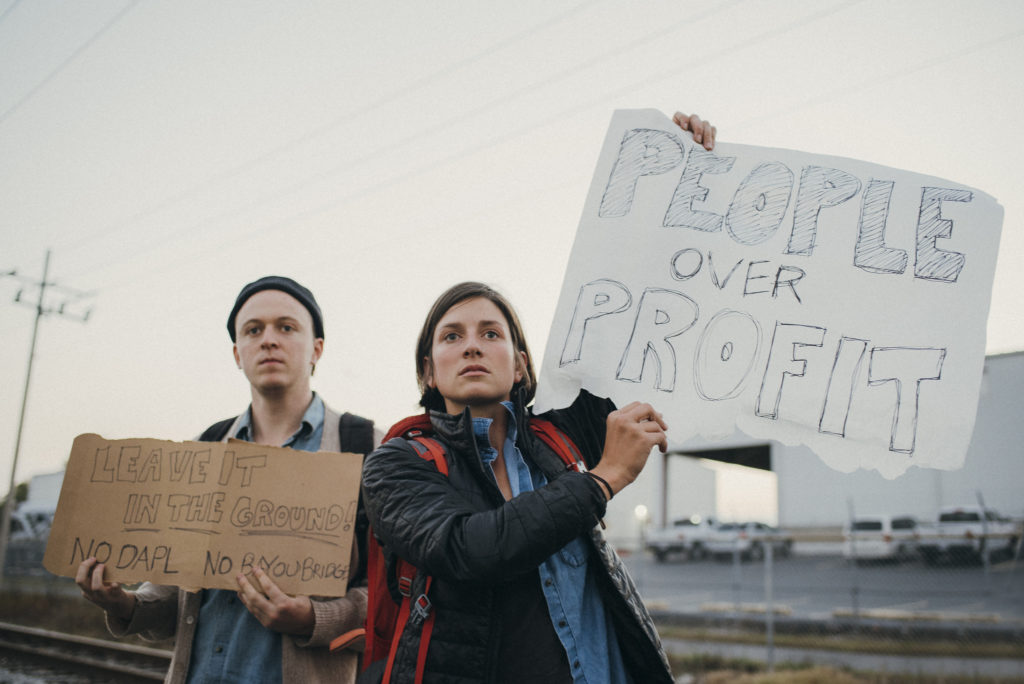
Untold impacts
Supporters frame the debate as one of practicality, economic necessity, and, ironically, safety. Former U.S. Senator Mary Landrieu testified at the January hearing on behalf of ETP, in a move that elicited jeers from the audience. “There’s millions and millions of gallons of crude oil and refined product moving through this country,” she said. “Now there are many people in this room that think we should outlaw it all right now and that might happen one day, but that is not today. So the question before us is how to move this product as carefully as possible.”
And yet safety is also the primary concern for opponents of the pipeline, who say the Gulf South has suffered at the hands of industry practices. The National Response Center tallied 144 pipeline accidents in Louisiana in 2016. Because spills in waterways are more difficult to contain than those on highways, groups such as GRN and Bold Louisiana warn that the pipeline will threaten wetlands, harm the region’s crawfishing industry, contribute to pollution and climate change, and place undue burden on communities that have been historically disenfranchised.
Standing Rock called attention to environmental racism, where minorities face disproportionate exposure to pollutants as a result of discriminatory planning policy. Similarly, Bayou Bridge’s proposed route runs through Bayou Lafourche, the drinking water supply for Houma Nation. It may also cut off the only evacuation route for St. James, a historically African-American community that is part of “Cancer Alley,” the 85-mile stretch along the Mississippi River known for its numerous industrial plants and its numerous cancer patients. The town has already suffered 13 petrochemical accidents this year.
Rev. Harry Joseph, the pastor of St. James’ Mount Triumph Baptist Church, testified at the public hearing in Napoleonville. “St. James, I love it, but they have people in that place that are very sick from the plants that are already there. People are losing lives down there,” he said. “It’s a poor community, and the few rich people that they have down there, they’re gone already. They’re gone. The plants have bought them out…. But what’s going to happen to the poor people?”
Eustis notes that while for supporters of Bayou Bridge, this may be just another pipeline, the proposed projectis particularly serious. “You know I’ve seen a lot of pipelines because there are so many pipelines on the Gulf Coast, but this one is bad from a bad company with a large amount of impact, with a very diverse kind of impact on different communities in Louisiana affecting everyone in kind of a different way, at a time where we can’t really afford to lose more of our wetlands,” he said.
Oil pipelines act as small dams in the waterways, which disrupts the water flow, turns it stagnant, and kills off plants and wildlife. Jody Meche, a commercial crawfisherman, testified at the hearing in Baton Rouge on the impact Bayou Bridge would have on his industry. “There are hundreds of pipelines criss-crossing the Atchafalaya basin that have been put in in the past six or seven decades, and [they have] crippled our ability to make a living,” he said. “We’re to the point of having hypoxic stagnant areas where we have to make our traps so tall that the crawfish can come up out of the water to breathe because they will die in our traps.”
While wildlife and fishing industries are at risk due to the disappearance of wetlands, Louisiana faces the additional threat of natural disasters. During a hurricane wetlands absorb the impact of the storm; in heavy precipitation they act as a natural sponge. As climate change worsens and the surface temperature of the Gulf rises, water in the atmosphere increases and causes record precipitation. Last year Louisiana suffered devastating floods that resulted in 13 deaths and thousands of destroyed homes. A significant portion of that damage occurred outside a flood zone, indicative of the storms’ atypical patterns.
In a debate framed by economic necessity, the cost of such storms is noteworthy. A report commissioned by the Louisiana Economic Development office estimated the flooding damages last year to total $8.7 billion, the majority of which was due to damages to physical items such as housing structures, housing contents, and business inventories. $836 hundred million was lost due to interruption to business. Meanwhile, a 2008 study published by the Royal Swedish Academy of Sciences found that wetlands provided an estimated $23 billion in protection from natural disasters countrywide, with that protection being dependent on storm severity. The dollar impact of storms can be ignored, however, for the promise of high-paying jobs.

The politics of industry
Alternative industries have yet to take hold in an economy with scarce well-paying blue-collar jobs and a culture in which tradition holds fast. In 2008 Louisiana promised tax credits for solar panels, spurring a mini-boom for the solar industry. In 2015, the state terminated the program after deciding it too costly, leaving residents who installed panels, expecting credit, in a lurch.
Koziorowski, the shipper running supplies to oil rigs, said there had been talk of windmill construction offshore when he began working in the industry. “I was kind of hoping seven years later that there’d be a little bit of business going into that but that doesn’t seem to be happening,” he said. When asked why that was the case he said, “It’s got to be politics.”
Representatives in Washington continue to vote repeatedly against environmental regulations in the name of small government and big business, and appear to have little to no interest in reducing their dependency on oil. Former U.S. Senator Mary Landrieu, a Democrat, is now a lobbyist for ETP. Former U.S. Congressman Chris John is now president of the Louisiana Mid-Continent Oil and Gas Association. Rep. Garrett Graves authored a bill to keep oil lease auctions private. Politicians continue to maintain the state’s literally toxic relationship with the oil industry, and in so doing, bet against Louisiana’s future.
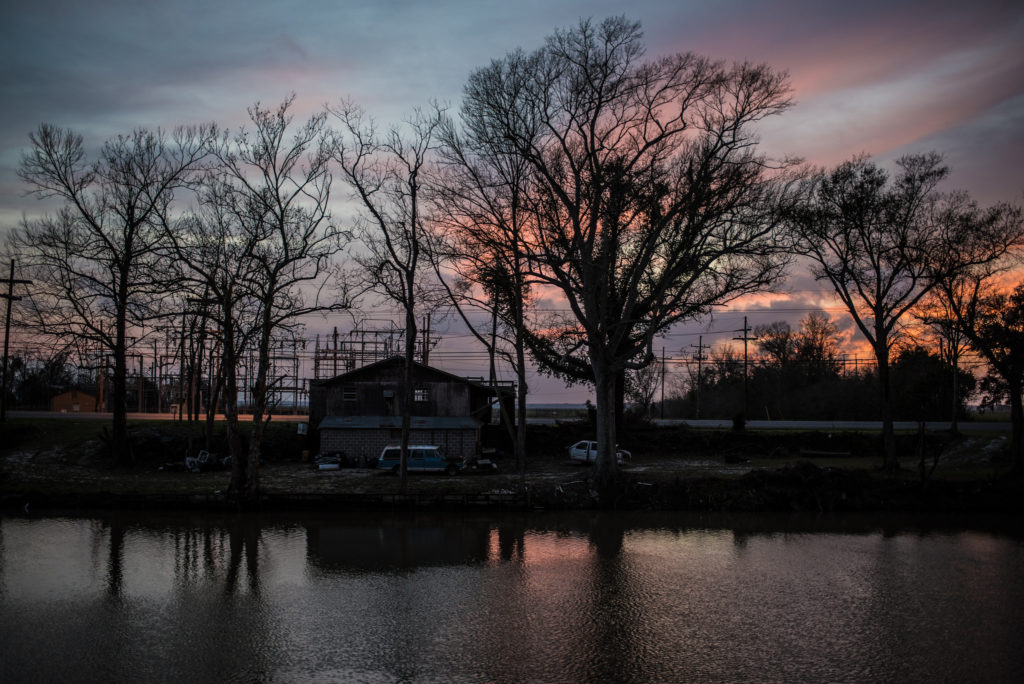
Actions and allies
Even as the hot Louisiana summer sets in, activists are busy calling attention to the risks that Bayou Bridge poses. Cherri Foytlin is leading the charge in organizing direct action trainings for volunteers, and building a resistance camp along the proposed route. Organizers have plans for floating platforms and Indigenous structures to suit the area’s geography and have named the camp “L’eau est la vie,” French for “Water is life.”
Neck, the activist who participated in the Standing Rock encampment, is working with Foytlin, and she spoke of the camp’s strategic and spiritual importance. “It’s physically occupying the land that they want to construct on, it will give us a home that we can work from and conduct operations from, to non-violently stop the pipeline and stop ETP,” she said. “It’s a way for us to ask the Earth what she needs and what the community, what they need, because we’re living in it, we’re living with the water so…we can stay ‘prayered up’ as they said in Standing Rock.”
She said her priority is to maintain the camp as a safe space. “It’s such a hard fight against these giants that just getting to stand up for what’s right is so healing and my priority is that these people get to heal and get to fight like they want because they need it, and they deserve to do it.”
Pastor Joseph of St. James is another prominent community member leading the fight, and is using Mount Triumph Baptist Church as a hub for organizing efforts. He’s listed as a plaintiff in a lawsuit recently filed by the Tulane University Law Clinic, which seeks to overturn the coastal use permit issued by the Louisiana Department of Natural Resources (DNR). Co-plaintiffs include Genevieve Butler, another resident of St. James, along with the organizations Humanitarian Enterprise of Loving People (HELP), Gulf Restoration Network, Atchafalaya Basinkeeper, and Bold Louisiana.
The petition for judicial review filed against the DNR states that “the Department refused to consider potential adverse environmental impacts of the project on the majority African-American residents of St. James, who are surrounded by crude oil terminal facilities, pipelines, and associated industry.” It also claims the department failed to consider the impact of the pipeline on the community and “ignored evidence that the St. James community may be trapped in the event of an emergency and that no viable evacuation plan is in place for its safety.”
Activists across the state are working to connect affected residents in order to mount pressure against politicians and the industry itself. “More than any other oil resistance fight in Louisiana, people are going to show up for this, locals are going to show up because we’re mobilizing them,” Neck said, citing conservatives opposed to eminent domain, Catholics, and the restaurant and tourism industries as unlikely allies. In connecting with potential allies, “the first thing I do is learn from that person, learn what they’re going through or learn why they feel the way or what they’re passionate about, and I teach them how that is intricately connected to the fight,” a strategy which, she said, was informed by her experience in North Dakota.
Water protectors at Standing Rock rallied against the ‘black snake,’ the anthropomorphized symbol for the sinewy and serpentine Dakota Access Pipeline. Louisiana has had its own black snakes for decades, hiding out amidst the cypress stumps and tall grass, and fed by politicians and industry until they’ve fattened and coiled around the bayous. As the “L’eau est la vie” resistance camp is built out, and activists build their offense, the fight against Bayou Bridge is only just kicking into gear. The question now is if Louisiana residents can unite to break the snake’s grip, and protect their water, their wetlands, and themselves.
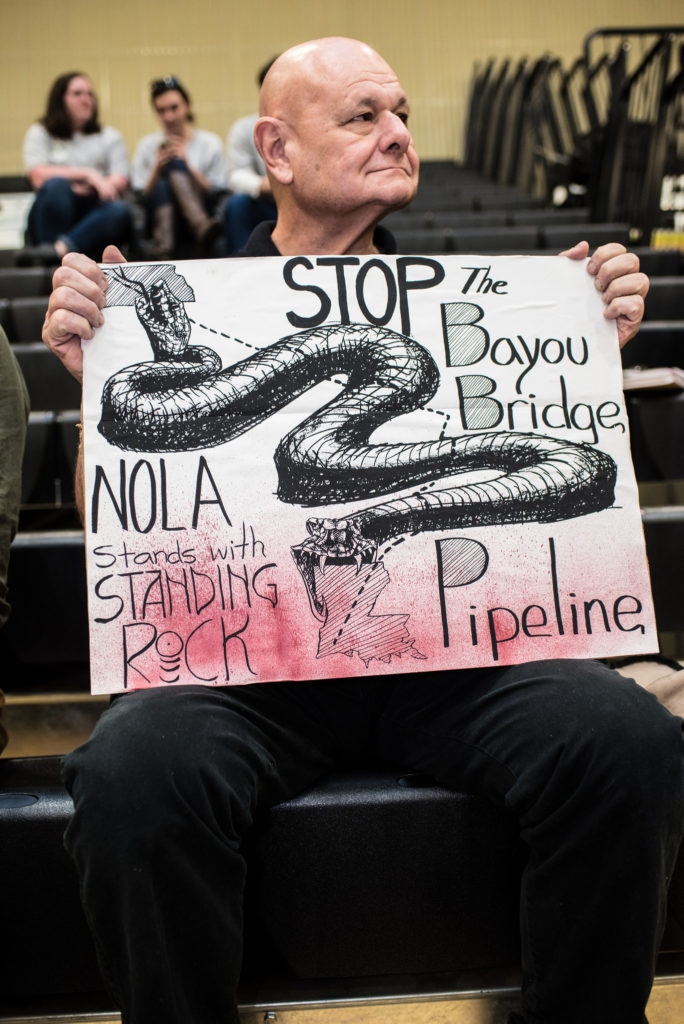
Nora Belblidia lives in Baltimore, MD, where she writes in her free time. She’s interested in science, politics, and environmental justice (amongst other things) and has previously lived in New Orleans, Montreal, and Los Angeles.

